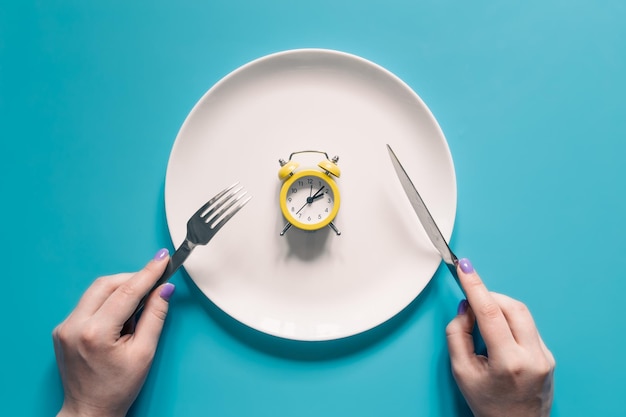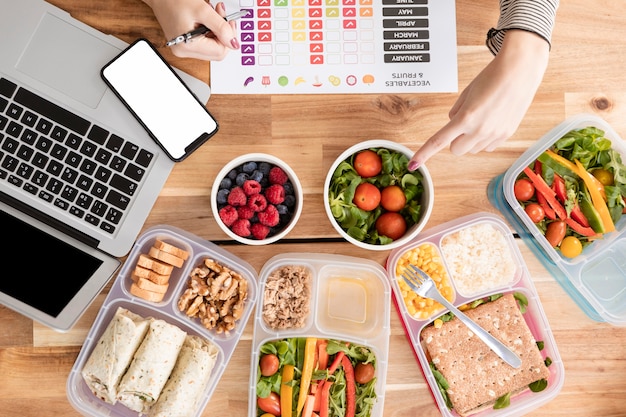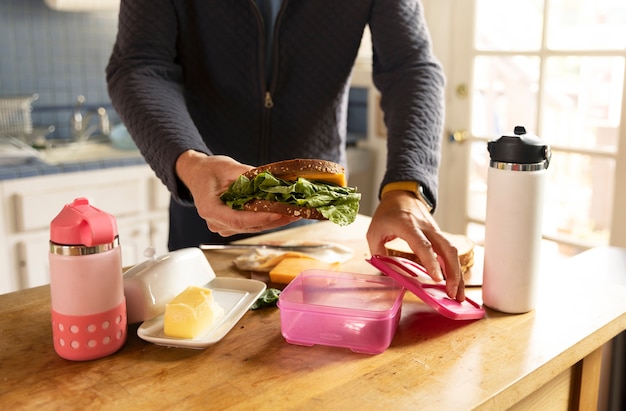Losing weight doesn’t have to mean extreme diets or grueling workouts. The key to lasting success lies in sustainability—making small, consistent changes that support long-term health. In this guide, we break down seven practical, evidence-based checklists that clarify what to do, why it works, and how you can adapt each one to fit your lifestyle.

What to do: Eat without distractions, chew slowly, recognize hunger and fullness cues, and savor each bite.
Why it works: Mindful eating helps regulate portion sizes and reduces emotional or binge eating. Studies show it improves digestion and supports better food choices by increasing awareness of what and how much you’re consuming.
How to adapt: Start with one meal a day—turn off screens, set a timer for 20 minutes, and focus solely on your food. Gradually extend this practice to other meals.

What to do: Fill half your plate with vegetables, one-quarter with lean protein, and one-quarter with whole grains or starchy vegetables.
Why it works: This visual guide ensures nutrient density, stabilizes blood sugar, and keeps you full longer. It avoids restrictive dieting while promoting portion control and variety.
How to adapt: Use smaller plates to naturally reduce portions. Swap refined grains for whole grains and experiment with plant-based proteins like lentils or tofu to keep meals interesting.
What to do: Drink water throughout the day, limit sugary drinks, and track liquid calories (e.g., juices, sodas, sweetened coffee).
Why it works: Many people consume excess calories through beverages. Replacing high-calorie drinks with water reduces overall intake and supports metabolism. Proper hydration also reduces false hunger signals.
How to adapt: Carry a reusable water bottle, add natural flavor with lemon or cucumber, and set hourly reminders if needed. Gradually reduce sugar in coffee or switch to unsweetened alternatives.

What to do: Aim for at least 30 minutes of moderate activity daily—walking, cycling, gardening, or household chores.
Why it works: Regular movement boosts calorie expenditure, improves insulin sensitivity, and enhances mood through endorphin release. It doesn’t require a gym—consistency matters more than intensity.
How to adapt: Break activity into 10-minute chunks if needed. Park farther away, take walking meetings, or do short stretch breaks during work hours.
What to do: Prioritize 7–9 hours of quality sleep and practice daily stress-reduction techniques like deep breathing, meditation, or journaling.
Why it works: Poor sleep disrupts hormones like ghrelin and leptin, increasing hunger and cravings. Chronic stress raises cortisol, which is linked to abdominal fat storage. Managing both supports hormonal balance and self-control.
How to adapt: Create a bedtime routine—dim lights, avoid screens an hour before bed, and keep a consistent sleep schedule. Use free apps or guided audio for 5-minute daily mindfulness sessions.

What to do: Plan meals weekly, shop the perimeter of the store (where fresh foods are), and prep ingredients ahead of time.
Why it works: Pre-planning reduces impulsive, unhealthy choices. Whole, unprocessed foods are naturally lower in added sugars and unhealthy fats while being rich in fiber and nutrients.
How to adapt: Start with prepping just two meals or snacks per week. Use batch cooking or slow cookers to save time. Keep healthy staples like frozen vegetables and canned beans on hand.
What to do: Track food, activity, sleep, and mood—not for perfection, but for awareness. Reflect weekly on patterns and adjustments.
Why it works: Self-monitoring increases accountability and helps identify triggers for setbacks. Non-scale victories—like better energy or clothes fitting looser—keep motivation high.
How to adapt: Use a simple journal or free app. Focus on trends over time, not daily fluctuations. Celebrate small wins to reinforce positive habits.
Sustainable weight loss isn’t about quick fixes—it’s about building habits that last. These seven checklists offer a clear roadmap grounded in science. The real power comes from personalization: test, adjust, and find what works best for your body and routine.
Start with one checklist, master it, then add another. Over time, these small changes compound into lasting results—healthier eating, more energy, and a stronger sense of control over your well-being.

Wellness

Wellness

Wellness

Wellness

Health

Health

Health

Wellness

Wellness

Fitness

Wellness

Health

Health

Fitness

Health

Health